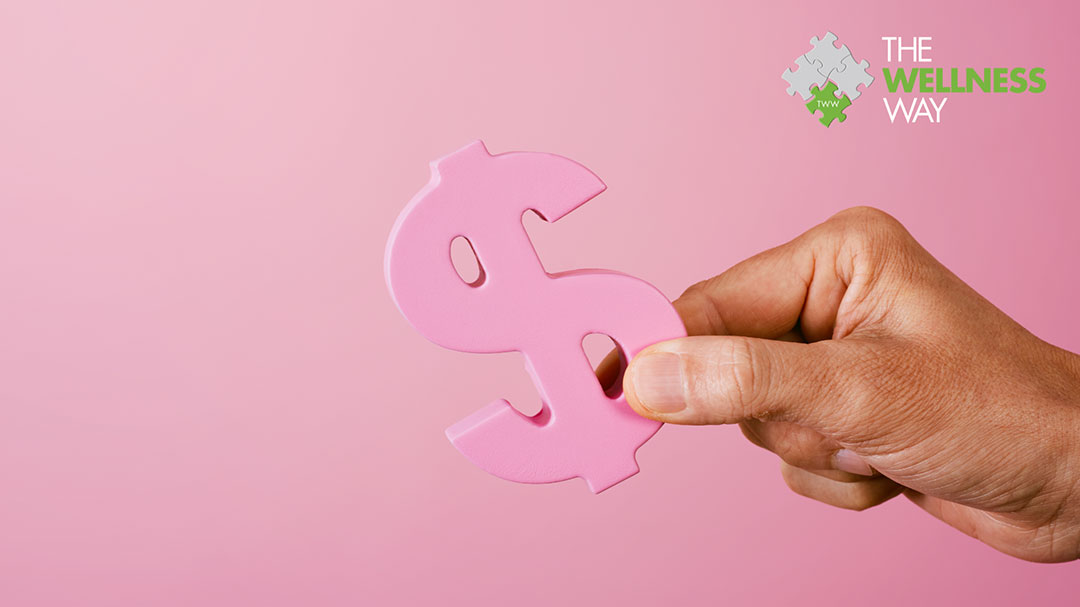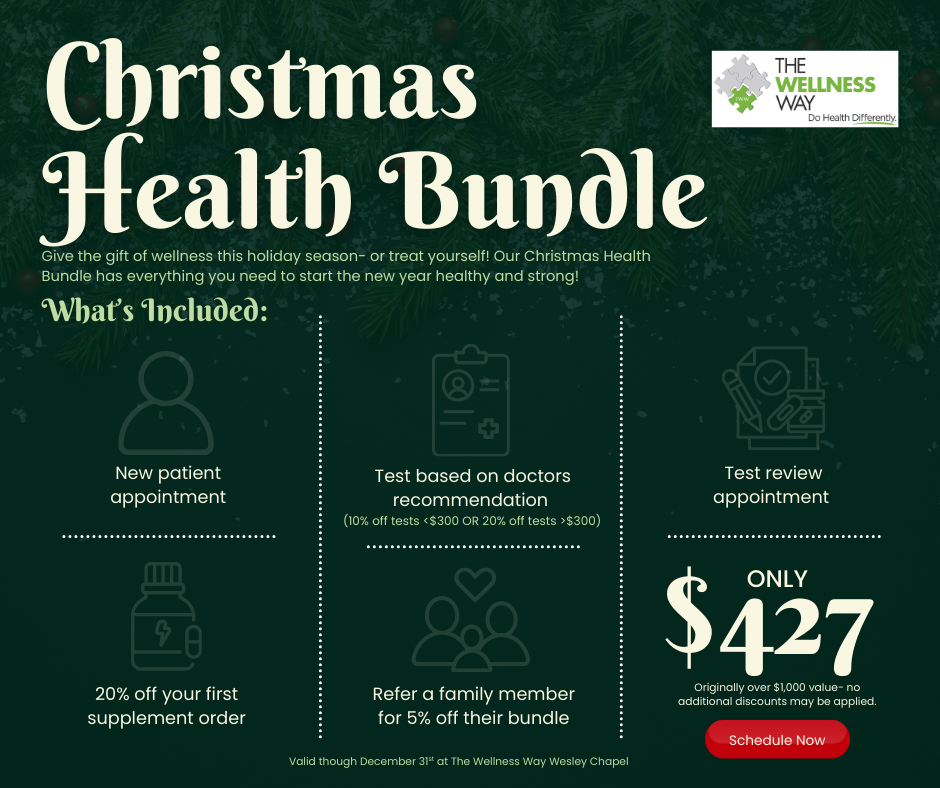October is Breast Cancer Awareness Month, and everywhere you look, you’ll see all things pink. While awareness is important, not every pink ribbon is as supportive as it seems.
You’ve probably heard of greenwashing—companies pretending to be toxin free and eco-friendly. But this month, we need to talk about something just as harmful: pinkwashing.
What is Pinkwashing?
Real-Life Examples of Pinkwashing:
- KFC + Susan G. Komen: Selling pink buckets of fried chicken—despite the fact that high-fat diets increase breast cancer risk (even noted on Komen’s own website).
- Campbell’s Soup Cans: Pink ribbons on cans lined with BPA, a chemical that mimics estrogen and disrupts hormones.
- Cosmetic Companies: Pink ribbons slapped on beauty products loaded with parabens, toluene, and petroleum products—all linked to breast cancer.
- Plastic Water Bottles: Pink water bottles made of BPA or PET plastics, both of which interfere with estrogen and reproductive hormones.
Here’s the kicker: breast cancer charities raise an estimated $6 billion each year—but only about 16% of that goes to actual research. The rest? Marketing, overhead, and more pink products.
Think Before You Pink
Everyday Chemical Exposure
Beyond pinkwashing, many of the products we use daily are linked to breast cancer risk:
- U.S. women apply an average of 168 chemicals a day through personal care products.
- Men apply an average of 85 chemicals a day.
- Teens use about 17 products daily, with many already containing hormone-disrupting chemicals like parabens and phthalates.
Chemicals Linked to Breast Cancer
Researchers have identified 36 individual chemicals and agents most strongly linked to breast cancer risk. Here are just a few:
- 1,3-Butadiene: A petroleum-based human carcinogen, found in plastics and polluted air.
- Alkylphenols: Chemicals in detergents and cleaners that disrupt the endocrine system.
- Aromatic Amines: Found in tobacco smoke, hair dyes, diesel exhaust, and charred meats.
- Atrazine: An herbicide that disrupts hormones, often found in drinking water.
- Benzene: Used in plastics, dyes, and detergents—known to be toxic.
- BPA (Bisphenol A): A synthetic estrogen found in food containers, bottles, and even dental fillings.
- rBGH (Bovine Growth Hormone): A hormone used in U.S. dairy to increase milk production (banned in Europe since 1990).
And that’s just scratching the surface.
The Bottom Line
Breast Cancer Awareness Month should be about more than pink ribbons—it should be about true prevention, accountability, and education. Awareness is important, but so is action.
This October, let’s look past the pink and focus on real choices that protect our health.
Want to learn more? Join our Facebook group here!
Want to dive deeper into hidden hormone disruptors and what you can do about them? Schedule a discovery call with our team today and take the first step toward real answers.



